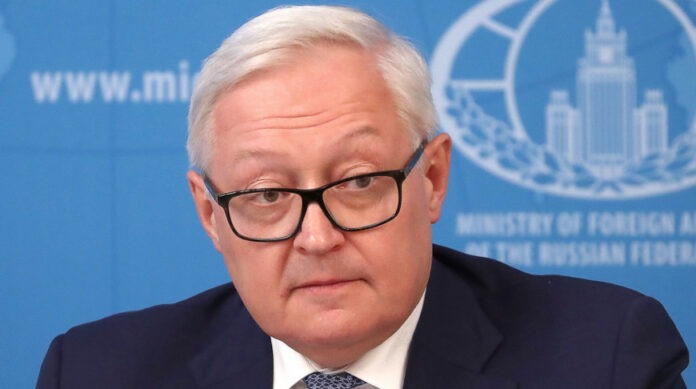“Naturally, this is a potential option we have repeatedly warned about. Our further steps, including in what concerns our military-technical response, will depend on the deployment of corresponding U.S. systems in any region of the world,” he told journalists when asked about the potential deployment of shorter-and intermediate-range missiles in Asian countries.
The future of the moratorium is in Washington’s hands, he said. “Entirely and completely, all responsibility for what is happening lies with them. Any escalation scenarios, if they start to materialize, will be a direct consequence of the reckless and (calling things by their proper names) inhumane policy pursued by Washington and leading European countries, which fully condone any of Kiev’s most ephemeral ambitions and most criminal designs,” he added.
Restrictions under the Russia-U.S. New Strategic Arms Reduction Treaty (New START) don’t apply to the Oreshnik missile, Sergey Ryabkov noted.
“The Russian president has made it clear that this is a new intermediate-range system. Therefore, since there aren’t any restrictions in this sphere, particularly as a result of the first Trump administration’s big mistake to withdraw from the Intermediate-Range Nuclear Forces Treaty leading to the treaty’s collapse, there are no restrictions on the deployment of such systems,” Ryabkov said, adding: “They have nothing to do with New START.”
When asked if the 1998 Russian-U.S. memorandum of understanding on notifications of missile launches remained in effect, Sergey Ryabkov answered in the affirmative
The former Soviet Union and the USA signed the INF Treaty in December 1987. It banned the deployment of missile launchers, ground-based ballistic missiles and cruise missiles with a range of 500 to 5,500 kilometers. However, the USA withdrew from the treaty in 2019. Moscow pledged not to manufacture or deploy such missiles as long as Washington refrains from deploying them in any part of the world.

